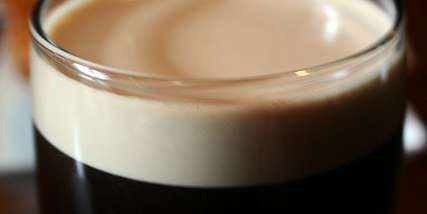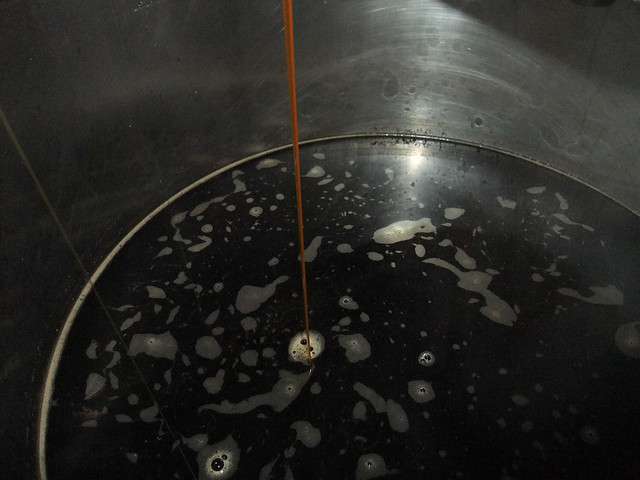
Stout is so opaque that its red hues take on a rich, deep brown color. Image Credit: Flickr user a.dombrowski
My best friend is a diehard IPA fan and up until recently, I’d never seen her drink anything darker than a red ale. Whenever I’d offer her a taste of Guinness, she’d always shake her head and say, “Dark beer is too heavy and bitter.” One day, I decided to take her to one of Portland’s annual beer festivals, hoping I could change her mind about dark brews. When we got there, the festival’s dark beer list alone boasted close to 100 separate labels, ranging from porter to stout. After a lot of persuasions, she agreed to try the black lager that I recommended. She took a sip, raised her eyebrows in surprise and said, “I had no idea that dark beer could taste this light!”
Beer opacity has a massive impact on how drinkers perceive your brew’s flavors. Your customers usually look at the color of the brew and how translucent it is before they consider any other factor like smell or taste. That’s why it’s so important for breweries to ensure that the opacity of their beer matches its traditional style, giving customers the best impression before they take their first sip.
Why is Stout So Opaque?
Like coffee, beer opacity often comes from how long you roast the ingredients. Generally, a dark roast will give you an opaque, almost jet black beer that tastes like coffee or chocolate, whereas a light roast will give you a golden, translucent color and “breadier” flavors. However, it’s not always this simple. If your brewery uses black patent malt1, you’ll also get a dark opacity in the final brew, but the flavors will be completely different than a heavily roasted barley beer. Stout brewers use trace amounts of black patent malt to give the beer a deeper color while retaining light, bready flavors underneath. This is why that black lager that my friend tried tastes more like a Belgian pale ale than a frothy glass of chocolatey stout — the opacity of the beer has little to do with how it actually tastes.

How long you roast the barley and the type of malt you use can impact the beer’s opacity. Image Credit: Flickr CC user Dylan Stark



